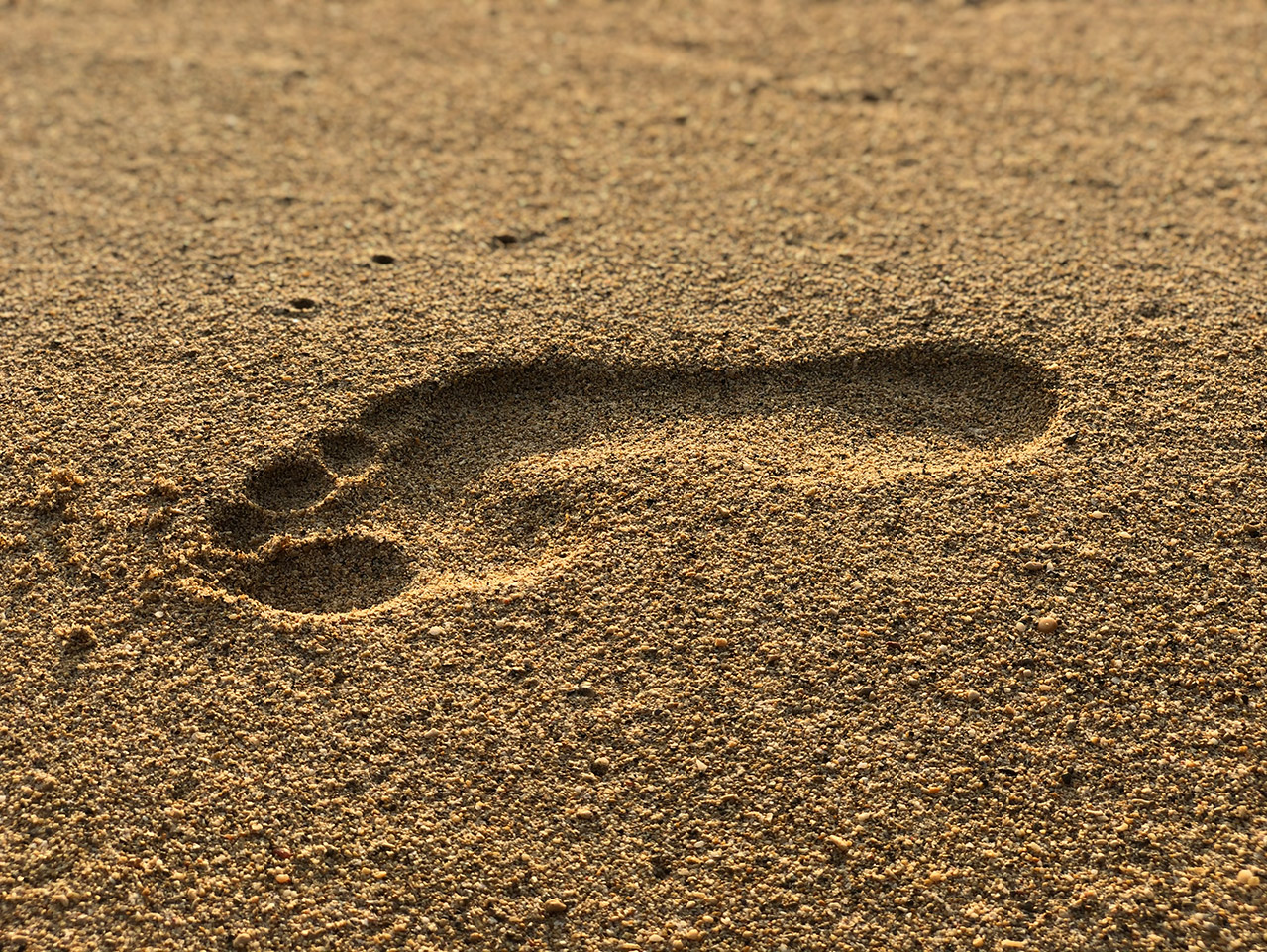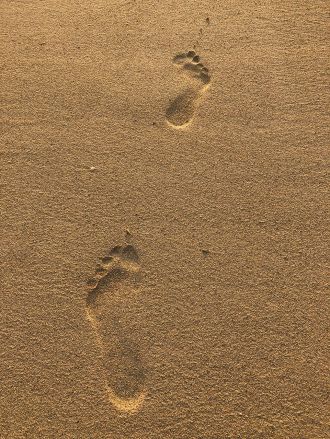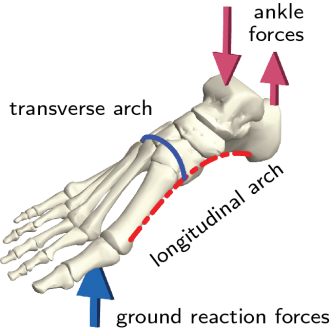Media Release
From: Springer NatureHow human feet are made for walking
Human feet have evolved two unique arches that enable us to walk and run on two legs, according to research published online in Nature. The findings provide an insight into the evolution of human feet and may help to improve the design of robotic feet.
Humans have evolved stiff, arched feet that are essential for effective upright walking, unlike other primates, such as chimpanzees, gorillas and macaques, which have relatively flexible, flat feet. Researchers have debated how the structure of the human foot creates stiffness; most studies have focused on the medial longitudinal arch (MLA), which runs from the heel to the ball of the foot, but have not considered a role for the transverse tarsal arch (TTA), which runs across the foot.
To investigate whether the TTA creates stiffness, Madhusudhan Venkadesan and colleagues performed bending tests on human feet. Results showed that the TTA is responsible for more than 40% of foot stiffness. Just as bending a sheet of paper parallel to the width stiffens it lengthways, the TTA may have a similar role in feet.
The authors also examined the evolution of the TTA across primates, including extinct hominin species. They found that only the genus Homo had fully developed MLA and TTA. These findings suggest that the combination of the two adjacent arches produces stiffness along the length of the foot. Furthermore, there were several stages in the evolution of the human foot to enable efficient walking and running.
In an accompanying News & Views article, Glen Lichtwark and Luke Kelly suggest that the mechanism could be directly applied to improve designs of prosthetic limbs or legged robots that aim to mimic human feet.








